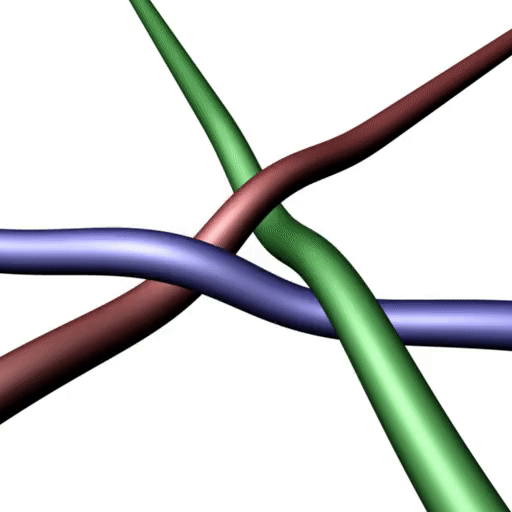- #36
physics8553
The paper states several times that mirror tangles correspond to antiparticles. These two tangles correspond to electron neutrino and antineutrino. The curved lines imply that they have mass. The difference between the two tangles imply that they are Dirac neutrinos, not Majorana neutrinos. In the present experimental situation, these statements should be seen as predictions.
The tangle model further predicts that the mass order of neutrinos is normal (because more complex tangles correspond to higher mass). The tangle model also predicts that the mass values of the neutrinos is much smaller than that of any other elementary particles (essentially because the tangles are so close to that of the vacuum). The tangle model also predicts neutrino mixing (essentially because of the possibility of tangle tether deformations) and a mixing matrix that is unitary (both for quarks and for neutrinos) because unitarity follows from the deformation model of mixing.
The tangle model further predicts that the mass order of neutrinos is normal (because more complex tangles correspond to higher mass). The tangle model also predicts that the mass values of the neutrinos is much smaller than that of any other elementary particles (essentially because the tangles are so close to that of the vacuum). The tangle model also predicts neutrino mixing (essentially because of the possibility of tangle tether deformations) and a mixing matrix that is unitary (both for quarks and for neutrinos) because unitarity follows from the deformation model of mixing.
